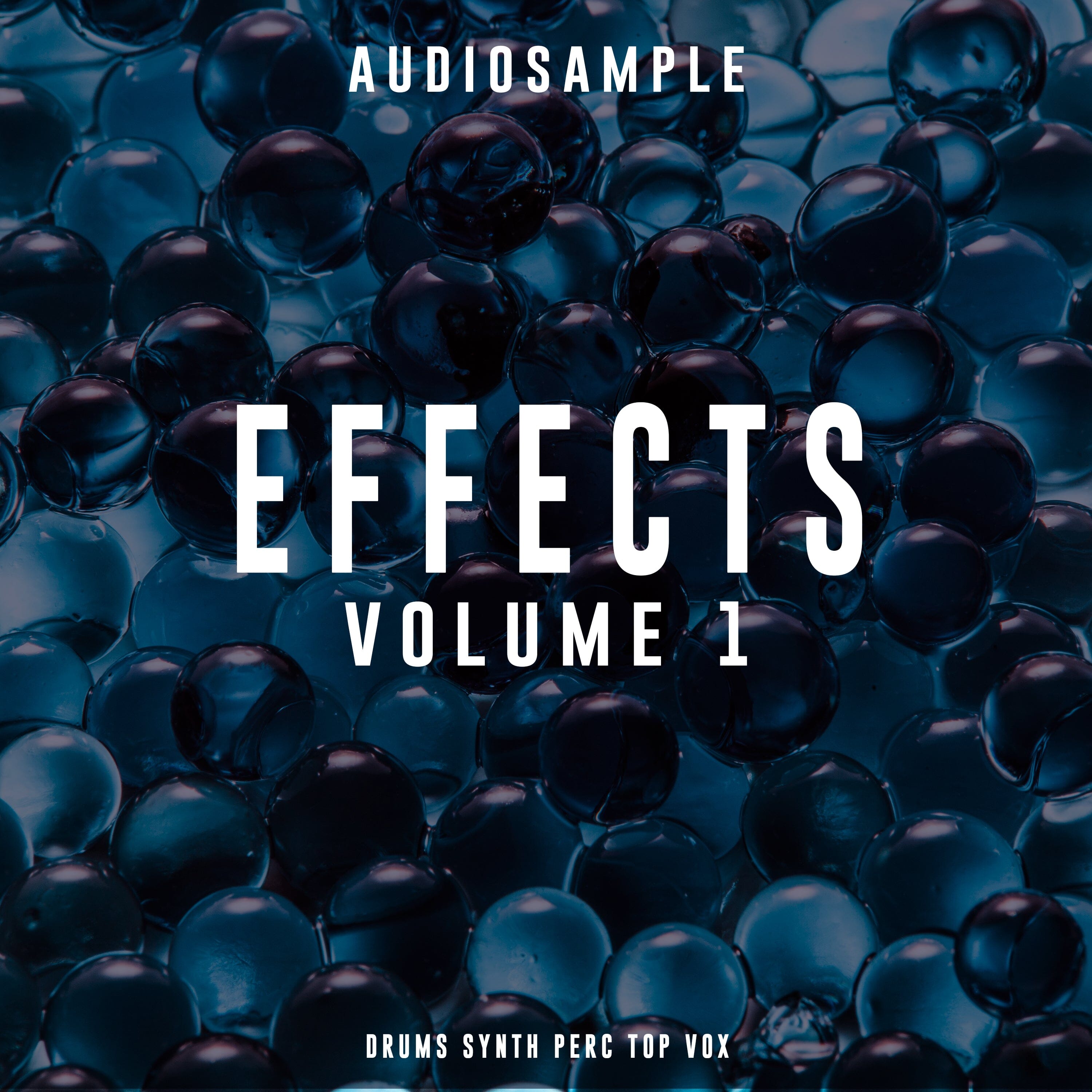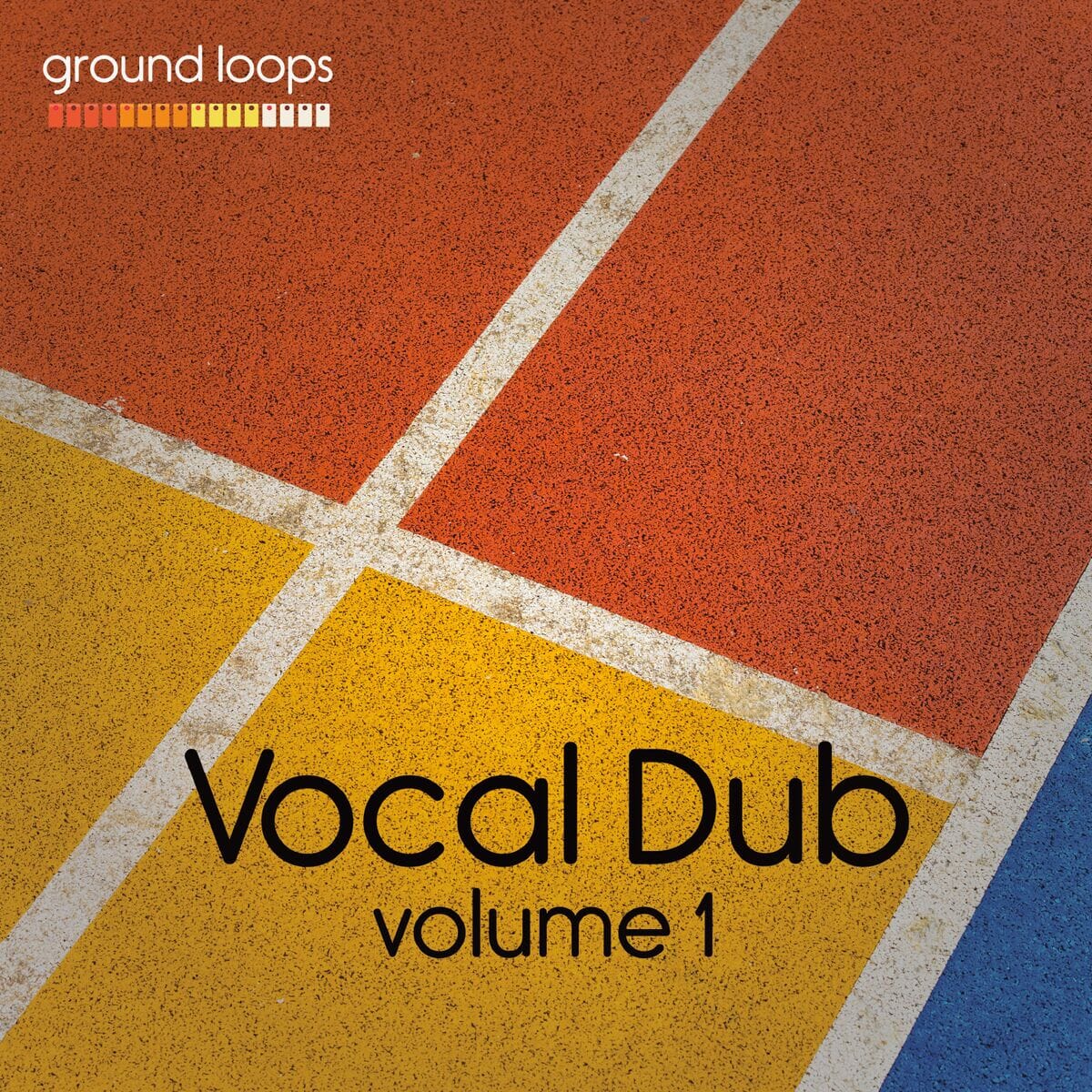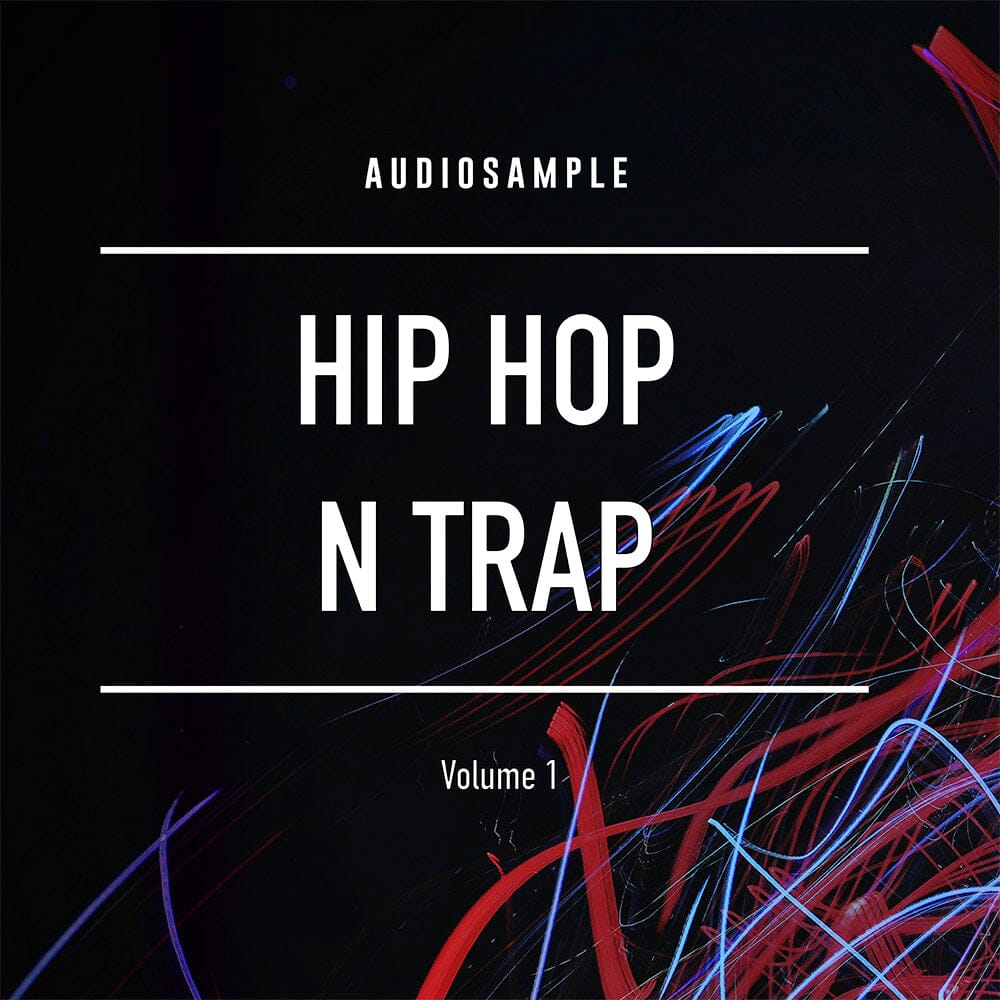Unlock the secrets of music theory with our beginner's guide. Learn the fundamental concepts that form the foundation of music, including scales, chords, and rhythm.
Unveil the secrets of music theory with our beginner’s guide. Whether you’re an aspiring musician or simply curious about how music works, understanding the basics of music theory is the key to unlocking your musical potential.
In this article, we’ll explore fundamental concepts that form the foundation of music, including scales, chords, and rhythm.
By the end, you’ll have a solid understanding of these essential elements, enabling you to read, create, and appreciate music on a deeper level.
Join us on this exciting journey into the world of music theory and start your path to musical mastery today.

Introduction to Music Theory
What is music theory?
Music theory is the study of the practices and possibilities of music. It provides a common language to describe musical elements such as notes, scales, chords, and rhythm.
Understanding music theory is like having a map that guides you through the world of music, making it easier to learn new instruments, compose original pieces, and interpret the works of other musicians.
While it’s true that thinking outside the box is essential to stand out in today’s music industry, breaking the rules effectively requires learning them first, facilitating and speeding up the process.
Benefits of learning music theory
Learning music theory has numerous advantages. For beginner musicians, it provides the necessary foundation to understand and create music.
For experienced musicians, an in-depth knowledge of music theory can open new creative possibilities and enhance improvisation skills.
Additionally, music theory helps communicate musical ideas clearly and precisely, facilitating collaboration with other musicians.
What is a musical scale for beginners?

Definition of a scale
A musical scale is a succession of notes ordered by pitch, forming the basis of many musical compositions. Scales are fundamental because they provide the melodic structure upon which music is built. Scales can vary in the number of notes, intervals between the notes, and their use in music.
Types of scales
There are various types of scales, but the most common are major and minor scales. Each of these scales has a distinctive sound and character that makes them unique:
-
Major scales: Major scales are often associated with bright and happy sounds. The major scale consists of seven notes and follows a specific pattern of intervals: whole step, whole step, half step, whole step, whole step, whole step, half step. For example, the C major scale consists of the notes C, D, E, F, G, A, B, C.
- Minor scales: Minor scales are often perceived as darker and more melancholic compared to major scales. There are three main types of minor scales: natural, harmonic, and melodic. The natural minor scale follows the pattern: whole step, half step, whole step, whole step, half step, whole step, whole step. For example, the A natural minor scale consists of the notes A, B, C, D, E, F, G, A.
How to build a scale
Building a scale is an essential skill for any musician. Let’s see how to build a major scale and a natural minor scale:
-
Building a major scale: To build a major scale, start with a base note (tonic) and apply the following pattern of intervals: whole step, whole step, half step, whole step, whole step, whole step, half step.
For example, to build the G major scale, start with G, then proceed with a whole step (A), another whole step (B), a half step (C), a whole step (D), another whole step (E), another whole step (F#), and a half step (G).
-
Building a natural minor scale: To build a natural minor scale, start with a base note and follow this pattern of intervals: whole step, half step, whole step, whole step, half step, whole step, whole step.
For example, to build the E natural minor scale, start with E, then proceed with a whole step (F#), a half step (G), a whole step (A), a whole step (B), a half step (C), a whole step (D), and another whole step (E).
Practical exercises
To better understand scales, it’s helpful to practice building and playing different scales on your musical instrument. Here are some practical exercises:
-
Build and play major and minor scales: Practice building major and natural minor scales starting from different notes. Play each scale on your instrument, paying attention to the intervals between the notes.
-
Identify scales in songs: Listen to musical pieces and try to identify the scales used. This exercise improves your musical ear and understanding of musical structures.
- Improvise with scales: Once you feel comfortable with a scale, try improvising melodies using only the notes of that scale. This will help you familiarize yourself with the sound and melodic possibilities of the scale.
By continuing with these exercises and practices, you will feel increasingly confident in understanding and using musical scales, building a solid foundation for further musical studies and performances.
What is the theory of chords in music?

What is the theory of chords in music?
A chord is a set of three or more notes played simultaneously, creating harmony. Chords are fundamental in music because they provide the harmonic structure upon which melodies and musical progressions are based. Knowing and understanding chords is essential for playing accompaniments and composing music.
What are the 4 chords in music theory?
The four main types of chords in music theory are major chords, minor chords, diminished chords, and augmented chords. Each of these chords has a unique structure and sound:
- Major chords: Known for their bright and positive sound, a major chord consists of three notes: the tonic (the base note), the major third, and the perfect fifth. For example, the C major chord (C) is composed of the notes C, E, and G.
- Minor chords: These chords have a more melancholic and darker sound compared to major chords. A minor chord is made up of the tonic, the minor third, and the perfect fifth. For example, the A minor chord (Am) consists of the notes A, C, and E.
- Diminished chords: Diminished chords sound tense and unstable. They consist of the tonic, minor third, and diminished fifth. For example, the B diminished chord (Bdim) is composed of the notes B, D, and F.
- Augmented chords: Augmented chords have a bright yet dissonant sound, consisting of the tonic, major third, and augmented fifth. For example, the C augmented chord (Caug) includes the notes C, E, and G#.
What is the 1/3/5 rule for chords?
The 1/3/5 rule refers to the basic structure of a triad, which is the simplest form of a chord. In this rule, the numbers 1, 3, and 5 represent the scale degrees used to build the chord. For example:
- In the C major scale (C, D, E, F, G, A, B), the notes for a C major chord are:
- 1 (C) – The tonic or root note.
- 3 (E) – The major third, which defines whether the chord is major or minor.
- 5 (G) – The perfect fifth, which provides stability to the chord.
This rule can be applied to any major or minor scale to construct basic triads.
What is the rule of the 7 chords?
Seventh chords add a fourth note to the basic triad, creating a more complex and richer sound. They are named based on the interval of the seventh note added to the chord. The main types include:
- Dominant seventh (C7): Composed of the tonic (C), major third (E), perfect fifth (G), and minor seventh (Bb).
- Major seventh (Cmaj7): Includes the tonic (C), major third (E), perfect fifth (G), and major seventh (B).
- Minor seventh (Cm7): Consists of the tonic (C), minor third (Eb), perfect fifth (G), and minor seventh (Bb).
For example, the G dominant seventh chord (G7) is made up of the notes G, B, D, and F. If the seventh note were F#, the chord would become G major seventh (Gmaj7), and if both the third (Bb) and the seventh (F) were minor, the chord would be G minor seventh (Gm7).
What are the basic concepts of rhythm?

What are the basic concepts of rhythm?
Rhythm is one of the fundamental elements of music. It refers to the arrangement of sounds and silences over time, creating a pattern that gives movement to the music. Understanding rhythm is essential for any musician as it determines the flow and energy of a musical piece.
What are the 13 elements of rhythm?
Rhythm consists of several key elements that work together to create the musical timing:
- Beat: The beat is the basic unit of musical time. Each beat is divided into a certain number of regular pulses, determined by the tempo of the piece.
- Tempo: Tempo indicates the speed at which the beats follow one another. It is often indicated in beats per minute (BPM). A fast tempo indicates an energetic and lively piece, while a slow tempo suggests more relaxed and contemplative music.
- Meter: Meter organizes the pulses into recurring patterns of strong and weak beats. The two most common types of meter are simple meter (such as 4/4 and 3/4) and compound meter (such as 6/8 and 9/8).
- Rhythmic Patterns: Rhythmic patterns are combinations of notes of different durations that create the rhythm of the piece. They can be simple or complex and vary greatly across different musical genres.
Rhythmic Exercises
To improve rhythmic understanding and performance, it is useful to practice various rhythmic exercises. Here are some suggestions:
- Clapping and Counting: Practice rhythm by clapping your hands and counting out loud. This will help you internalize rhythmic patterns and maintain a steady tempo. Start with simple patterns in 4/4 and 3/4, then move on to more complex patterns.
- Using a Metronome: The metronome is an essential tool for developing a sense of timing. Set the metronome to different speeds and practice playing along with its beat. Start with slow tempos and gradually increase the speed as you become more confident.
- Subdivision: Practice subdividing beats into smaller fractions, such as quarters, eighths, and sixteenths. This will help you understand how different note durations fit within a beat.
- Varied Rhythmic Patterns: Practice playing different rhythmic patterns on a percussion instrument or your primary instrument. Try combining notes of different durations to create interesting and complex rhythms.
- Rhythmic Reading: Use rhythmic notation to improve your sight-reading skills. Start with simple exercises and gradually increase the complexity. This will help you read and interpret rhythms more quickly and accurately.
What are the 4 types of rhythm in music?
The four primary types of rhythm in music are:
- Regular Rhythm: A consistent and predictable pattern of beats, often found in pop and classical music.
- Random Rhythm: A rhythm without a set pattern, often used in avant-garde or experimental music.
- Alternating Rhythm: A rhythm that alternates between two or more patterns, adding variety to the piece.
- Flowing Rhythm: A rhythm that gives a sense of smooth, continuous movement, often found in ambient and electronic music.
What is a rhythm section in music theory?
A rhythm section in music refers to the group of instruments that provide the harmonic and rhythmic foundation of a musical ensemble. It typically includes:
- Drums: Provides the basic beat and tempo for the ensemble.
- Bass: Reinforces the harmony and rhythm, often playing the root notes of chords.
- Chordal Instruments: Instruments like the piano or guitar that play chords and support the harmonic structure of the piece.
The rhythm section is essential in many musical genres, providing the backbone of the arrangement and guiding the flow of the performance.
Applying Rhythm in Your Music
Once you are comfortable with the basic rhythmic concepts, start applying rhythm in your music. Here are some ways to do so:
- Rhythmic Composition: Create your own rhythmic patterns and incorporate them into your compositions. Experiment with different tempos and meters to see how they influence the character of your music.
- Improvisation: Try improvising using various rhythmic patterns. This will help you develop your rhythmic creativity and improve your ability to react musically in real-time.
- Active Listening: Listen carefully to musical pieces from different genres and analyze their rhythmic patterns. Try to identify how musicians use rhythm to create interest and dynamics in their performances.
With these exercises and practices, you will develop a solid understanding of rhythm and be able to apply it effectively in your music, enhancing your performance and composition skills.
Applying Music Theory

Reading Musical Notation:
Understanding musical notation is essential for applying music theory in practice. Musical notation is the written language of music, allowing you to read and interpret compositions.
-
Notes and Staff: The staff consists of five lines and four spaces. Musical notes (C, D, E, F, G, A, B) are placed on the lines and spaces to indicate their pitch. Each note has a specific duration, represented by different symbols (whole note, half note, quarter note, eighth note, sixteenth note, etc.).
- Clefs and Accidentals: Clefs (treble, bass, alto) determine the register of the music and the position of notes on the staff. Accidentals (sharp, flat, natural) alter the pitch of the notes, raising or lowering them by a half step.
Composing Simple Melodies:
Applying music theory to melody composition is a great way to practice what you've learned:
-
Choosing a Key: Start by choosing a key. This will determine the notes you primarily use in your melody. For example, if you choose the key of C major, you will use the notes of the C major scale (C, D, E, F, G, A, B).
-
Creating a Melodic Line: Use the notes of the chosen scale to create a simple melodic line. You can start with a sequence of notes you like and develop it by adding rhythmic variations and different intervals. Ensure that the melody has a beginning, development, and conclusion.
- Adding Dynamics and Expression: Dynamics (forte, piano, crescendo, diminuendo) and expression marks (legato, staccato, accent) make the melody more interesting and lively. Experiment with these elements to give character to your composition.
Practical Exercises:
Practice music theory with these exercises:-
Writing Simple Melodies: Practice writing short melodies in different keys. Start with a major key, then try a minor key. Add rhythmic variations and experiment with different note durations.
-
Song Analysis: Choose some of your favorite songs and analyze their structure. Identify the scales and chords used, and observe how the melody develops within the harmonic progression.
-
Harmonizing a Melody: Take a simple melody and try creating a harmonic accompaniment. Use the chords you have learned to add depth and richness to the melody.
-
Transcription: Listen to a musical piece and try to transcribe it onto the staff. This exercise improves your ability to recognize and reproduce melodies and harmonies.
-
Improvisation and Creativity: Improvisation is one of the most creative applications of music theory. It allows you to freely explore the possibilities offered by scales and chords.
-
Improvisation with Scales: Choose a scale and improvise a melody using only the notes of that scale. Change the rhythm and experiment with different intervals to create something unique.
- Improvisation with Chords: Practice improvising using a chord progression. Try playing different notes of the chord as you change chords, creating a melody that moves over the harmony.
Applying music theory in practice takes time and dedication, but with regular exercises and constant practice, you will see a significant improvement in your musical skills. Remember to have fun and explore music creatively, using theory as a guide to enrich your musical experience.
Resources and Learning Tools

To continue developing your musical skills and deepen your understanding of music theory, it is important to have access to high-quality resources and learning tools. Below are some recommended resources, including those offered by Samplesound Music, to help you on your musical learning journey.
Recommended Books and Courses:
- "The Complete Musician" by Steven G. Laitz: A more advanced text offering a detailed analysis of music theory and harmony.
- Online Courses on Udemy and Coursera: Platforms like Udemy and Coursera offer numerous music theory courses for all levels. Look for specific courses covering topics such as scales, chords, and rhythm.
Software and Apps:
Samplesound Music: Samplesound Music offers a wide range of resources and tools for musical learning. Here are some of the available resources:
-
Academy and Blog: A collection of courses and articles that delve into various aspects of music production.
-
Sample Packs: High-quality collections of samples that you can use to create music and experiment with different sounds. These samples can be a valuable resource for learning to recognize and use various sounds and instruments.
-
Virtual Instruments: Virtual instruments that allow you to play and create music using your computer. These instruments can be useful for practicing music theory interactively.
- Tutorials: Video tutorials covering various aspects of music production and music theory. These tutorials are ideal for learning new techniques and improving your practical skills.
Websites and Online Communities:
-
Samplesound Music Blog: The Samplesound Music blog is a valuable resource for articles, tips, and insights on music theory and music production. You can find articles covering various topics, from basic music theory concepts to advanced production techniques.
- Forums and Online Communities: Sites like Reddit (r/musictheory) and Facebook groups dedicated to music theory offer a place to discuss ideas, ask questions, and share resources with other music enthusiasts.
Private Lessons:
-
Local Music Teachers: Find a music teacher in your area who can offer private lessons in music theory and instrument. Personalized lessons can be extremely helpful for receiving direct feedback and improving quickly.
- Online Lessons: Platforms like TakeLessons and Lessonface offer the opportunity to take music lessons online with qualified teachers from around the world.
Utilizing a combination of these resources and tools will help you develop a solid understanding of music theory and improve your practical skills.
Whether you prefer studying on your own, taking online courses, or having private lessons, there are many options available to support your musical learning.
Remember to explore the resources offered by Samplesound Music for high-quality samples, virtual instruments, and tutorials that can enrich your learning experience.

Learning music theory is a fascinating journey that opens the door to a deeper understanding and greater appreciation of music. While it may seem complex at first, mastering the fundamental concepts such as scales, chords, and rhythm will provide you with the necessary tools to explore and create music more consciously and creatively.
Key Points:
-
Scales: Understanding scales is essential for building melodies and harmonies. Major and minor scales form the basis of much of Western music.
-
Chords: Chords provide the harmonic structure of a composition. Knowing how to build and use chords allows you to create accompaniments and develop harmonic progressions.
-
Rhythm: Rhythm is the heartbeat of music. Learning to keep time and create varied rhythmic patterns is fundamental for every musician.
- Practical Application: Putting music theory into practice through reading, composing, analyzing, and improvising will help solidify your knowledge and improve your skills.
Continue Your Musical Journey:
The journey of learning music never ends. There is always something new to discover and experiment with. Here are some tips to keep growing as a musician:
-
Regular Practice: Dedicate time every day to musical practice. Consistency is key to making progress.
-
Explore New Genres: Listen to and play music from different genres to broaden your musical horizons and find new inspirations.
-
Join Musical Groups: Playing with other musicians helps develop your ensemble skills and learn from others.
- Seek New Challenges: Don't be afraid to tackle pieces and techniques that seem difficult. Challenges will help you grow as a musician.
Additional Resources:
- Samplesound Music: Continue exploring the resources offered by Samplesound Music, including sample packs, virtual instruments, and tutorials. These tools can provide you with new ideas and techniques to incorporate into your music.
- Courses and Workshops: Participate in courses and workshops to delve deeper into specific aspects of music theory and instrumental practice.
- Musical Communities: Join online and local musical communities to share your passion, receive feedback, and find support from other musicians.
Final Thoughts
Music theory is the key to unlocking your creative potential. With a solid understanding of the basics, you can explore new possibilities and create music that resonates with you and your audience. Never stop learning, exploring, and playing. Your musical adventure is just beginning!















